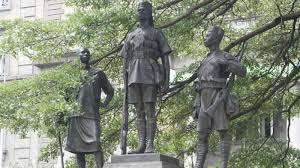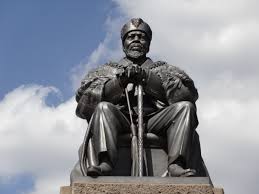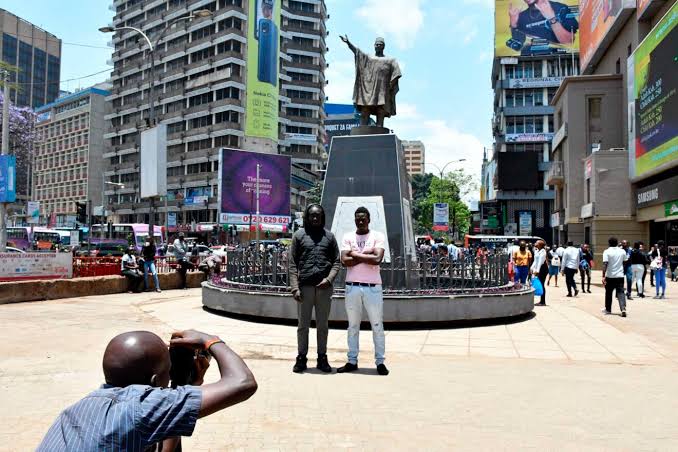Monuments dedicated to fallen soldiers serve as powerful symbols of sacrifice, remembrance, and national identity. These structures, ranging from grand edifices to modest plaques, are spread across the globe, each telling the poignant stories of bravery and loss. The tradition of erecting monuments for fallen soldiers dates back centuries and continues to be a vital part of how societies honor their military heroes.

Historical Roots
The practice of building monuments to honor fallen soldiers has deep historical roots. Ancient civilizations, such as the Greeks and Romans, erected memorials to commemorate their war dead, often inscribing their names on stone tablets. The ancient Greeks built the famous Lion of Chaeronea to honor the soldiers who fell in the Battle of Chaeronea in 338 BC. Similarly, the Romans erected triumphal arches and columns, like the Arch of Titus, to celebrate military victories and remember those who perished.
Modern Monuments
In modern times, the scope and scale of war have changed, leading to more significant and widespread memorialization efforts. World War I and World War II, in particular, saw an unprecedented loss of life, prompting nations worldwide to create extensive networks of war memorials and cemeteries. The Menin Gate in Ypres, Belgium, and the Vietnam Veterans Memorial in Washington, D.C., stand as poignant examples. These monuments not only list the names of the fallen but also provide a space for reflection and mourning.

Symbolism and Design
The design of war monuments is rich with symbolism. They often incorporate elements like eternal flames, representing the undying memory of the fallen, and statues of soldiers, which symbolize courage and sacrifice. The use of natural elements, such as water features and gardens, provides a tranquil environment conducive to reflection and remembrance.The Vietnam Veterans Memorial, designed by Maya Lin, is particularly notable for its stark simplicity and emotional impact. The black granite wall, inscribed with the names of over 58,000 fallen soldiers, allows visitors to see their reflections alongside the names, creating a powerful connection between the past and present.
National Identity and Collective Memory
Monuments to fallen soldiers play a critical role in shaping national identity and collective memory. They serve as physical embodiments of a nation’s values, such as bravery, sacrifice, and patriotism. These structures often become focal points for national ceremonies and rituals, such as Memorial Day in the United States or Remembrance Day in the Commonwealth countries.By commemorating the fallen, these monuments also serve an educational purpose, reminding current and future generations of the costs of war and the sacrifices made for their freedoms. They help to foster a sense of continuity and collective responsibility, ensuring that the stories of the fallen are not forgotten.

Controversies and Challenges
Despite their noble intentions, war monuments can sometimes be sources of controversy. Debates may arise over the interpretation of historical events, the representation of different groups, or the inclusion of certain individuals. In some cases, monuments have been criticized for glorifying war or perpetuating divisive narratives.Recent movements to reevaluate historical monuments have also affected war memorials. Some argue that certain monuments need to be contextualized or relocated to reflect contemporary values and historical understandings. This ongoing dialogue underscores the dynamic relationship between memory, history, and societal values.
Monuments to fallen soldiers are more than just stone and metal; they are vessels of memory and symbols of collective identity. They provide a space for mourning, reflection, and education, ensuring that the sacrifices of the past are not forgotten. As society evolves, so too will the ways in which we commemorate our fallen heroes, but the fundamental purpose of these monuments—to honor and remember—will remain steadfast.




